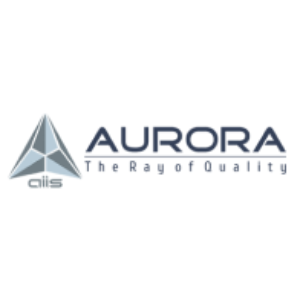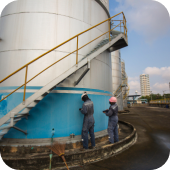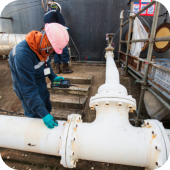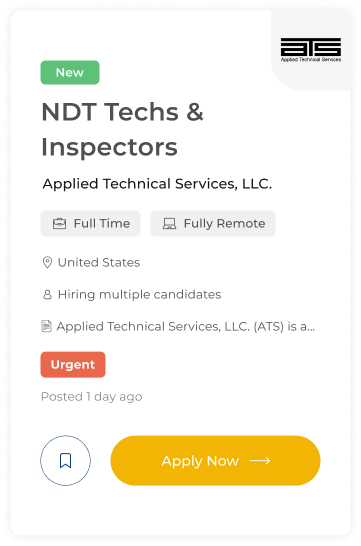

AURORA INSTITUTE & INSPECTION SERVICES (AIIS)
AURORA is responsible for conducting Non-destructive tests and services, Training & Certification, Third party Inspection services, Welder qualification and Related consultancy assistance.
Overview
AURORA INSTITUTE & INSPECTION SERVICES (AIIS), a corporate partner of American Society for Non-destructive Testing is located in Coimbatore, Southern India. Established in a competitive hub, AURORA is responsible for conducting Non-destructive tests and services, Training & Certification, Third party Inspection services, Welder qualification and Related consultancy assistance. Emerging as a technical training institute, AURORA is accompanied by an advanced inspection facility in the reputed field with modern equipments and a reliable team of professionals to meet the industrial challenges.
AURORA INSTITUTE & INSPECTION SERVICES, is a Non-Destructive Testing service partnered by a technical training facility established in INDIA. AURORA INSPECTIONS aims in providing its customers with the best possible solution to all quality related concerns being reliable and available at one’s convenience to serve the purpose. AURORA INSTITUTE helps the professionals with a globally recognized certification to work out a career in the reputed field.
Our Mission: To cast the industry’s requirement in the non-destructive testing field by implementing state of the art technology and to provide our students with the best training atmosphere, building them into a technically competitive and reliable engineer.
Our Vision: To amplify AIIS into a globally renowned laboratory for inspection, analysis and research activities by developing innovative and practicable concepts.
Our Values: We strive for ‘excellence’ by providing customized solutions & services that best satisfies the requirements of our customers and continuously improve quality, reliability & service with the help of an effective Quality Management System, encompassing all statutory, regulatory, health, safety & environment requirements at our work place.
WHY CHOOSE AURORA TECHNICAL TRAINING?
- A corporate partner of ASNT
- Globally recognized certification
- Interaction with industrial experts
- Industrially experienced trainers
- Accommodation for students on prior intimation
- Sophisticated laboratory facility with practical sessions
- Internship & supportive projects for our candidates
- Well established training facility
Products
Services
Ads












